Auke Visser's International Esso Tankers site | home
The New Breed Of Sailors
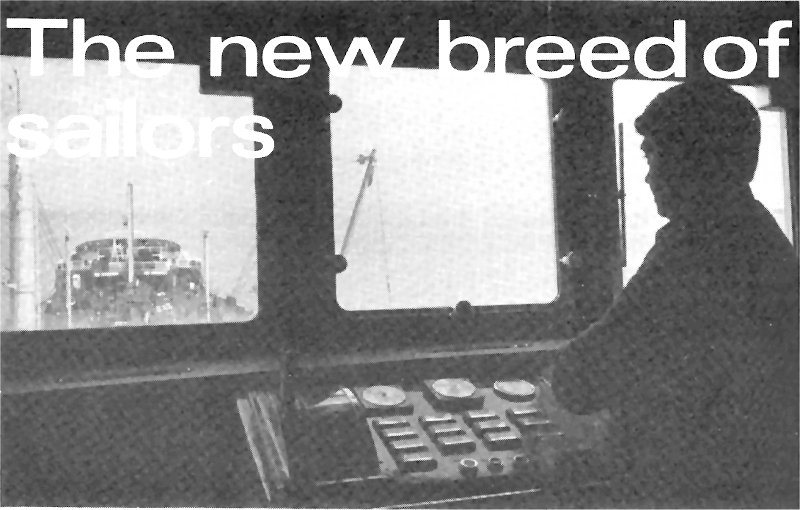 View from the bridge.
BY FOO SEE JIOK
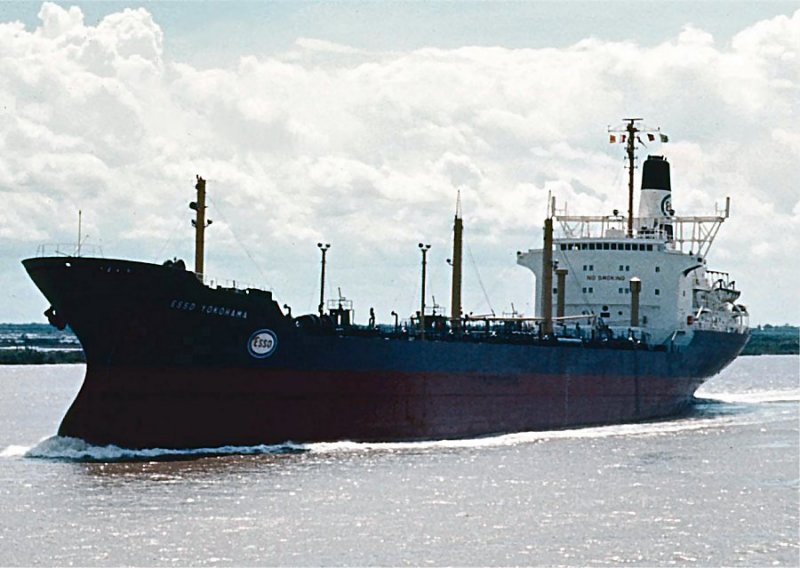 The Esso Yokohama.
WHEN we asked Captain N. Parodi of the Esso Yokohama to write an article about life at sea he wrote back: “After Conrad appeared on the scene of literature, to write something about the sea and its people is almost impossible."
He was, of course, referring to Joseph Conrad who is famous for his books like Lord Jim.
We decided to visit the Esso Yokohama and interview him. Captain Parodi met us with his Chief Mate N. Fama in his comfortable
office next to his cabin and talked about life at sea.
The Captain started sailing in 1951 but only joined Esso ten years later. He said: “When we talk about life at sea it is difficult but necessary to forget the ancient prejudices against being a sailor.
The sailors who existed years ago are so different from the sailors of today. We can only read about them and their adventurous voyages in books. I sometimes even go through moments of doubt if they really existed.
“Those tough devil may care sailors who blazed trails to unknown lands and through uncharted seas are so different from the technically skilled computer age sailors of today.”
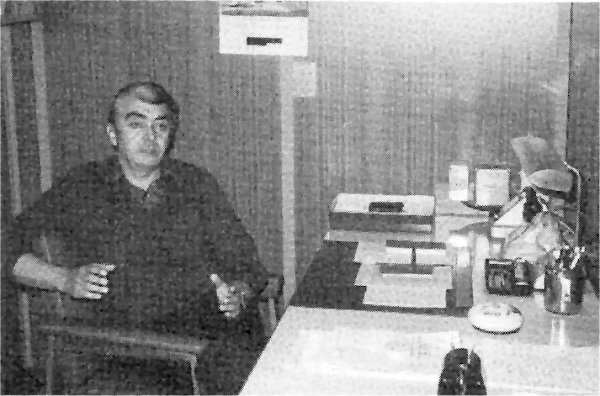 Capt. Parodi in his office.
Captain Parodi, who is every inch of his six footer frame a modern sailor, added that men took to the seas in the olden days to see the world. But now with the advent of swift modern air transportation, travel is available to practically everyone, he said.
Life on board the 21,106 dwt Esso Yokohama is very routine says Captain Parodi.
At sea the day begins early - about 6 a.m. - and ends after dinner at around 10 p.m. for him. A ship on a voyage doesn‘t stop work nor does work stop when it is in harbour. The crew of 32 have specific assignments and work with four Italian officers, five Filipino officers and four Indonesian cadets. The majority of the crew are from the Philippines.
One of the surprising things was the Captain’s clairn that there was “plenty of paperwork” on board. To prove this he showed some of his filing cabinets with their neat rows of files bulging with papers. The present sailor’s life is surely a far cry from the characters we have read about in books.
The crew and officers have spacious dining and recreation rooms. The ship even has a small swimming pool and a mini library.
We toured the well stocked galley and the bridge was impressive indeed. The 558 ft. long tanker has modern navigational aids like LORAN (Long Range Navigational Aid) and automatic radar plotter which ensures safe sailing.
The Esso Yokohama carries clean products and usually plies the Southeast Asia region and like Captain Parodi says: “Sailing can be interesting and exciting still.
It all depends on the man. In my case I have been a witness to the phenomenal growth of Singapore. Everytime I sail into the harbour what strikes me is the continuously changing skyline of this island. When I first visited Singapore many years ago, the tallest building was the Asia Insurance Building. Now” .... and he threw his hands up in the air in typical Italian fashion.
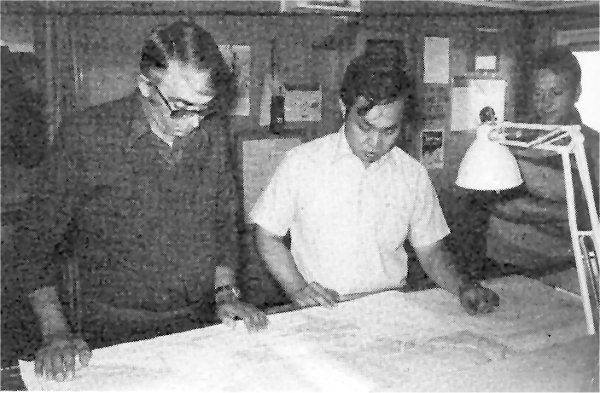 From the left Capt. Parodi, Foo and Chief Mate Fama study some charts.
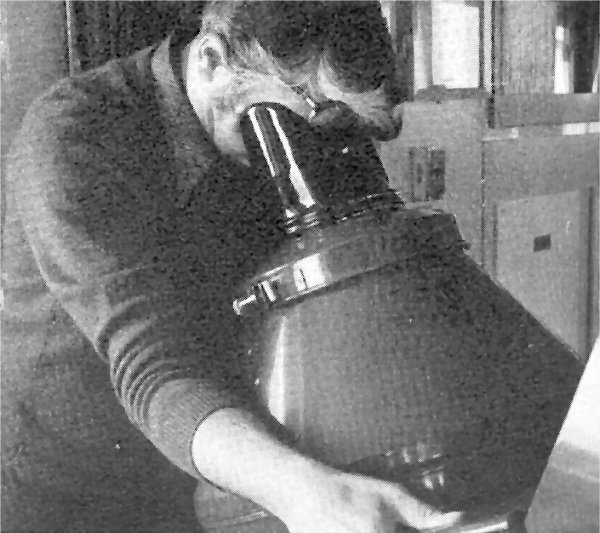 The Captain uses the automatic radar plotter.
Source : Esso Singapore News, October 1976.
|